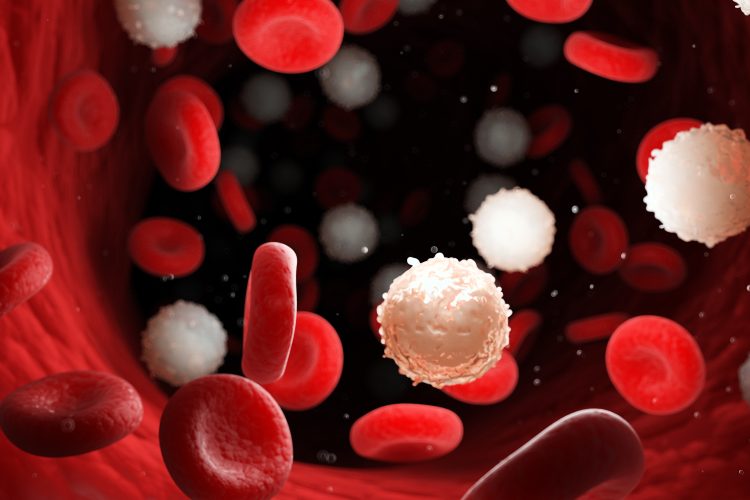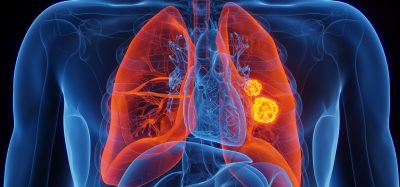Associations of AML MRD levels with posttransplant clinical outcomes
Posted: 9 May 2024 | Drug Target Review | No comments yet
Patients with no detectable FLT3 mutations had the best outcomes after an allogenic hematopoietic cell transplant.


Researchers at Virginia Tech have found that patients in remission after fighting acute myeloid leukaemia (AML) are likely to have better outcomes if no trace of the cancer is detectable before the patients receive donor blood cells. This emphasises the significance and practicality of testing for measurable residual disease (MRD), a condition that refers to evidence of lingering cancer cells in the body after receiving seemingly successful chemotherapy treatment.
Dr Christopher Hourigan, Virginia Tech professor of the Fralin Biomedical Research Institute who directs the institute’s new Cancer Research Center in Washington, D.C., explained: “The good news is this testing is doable…We had previously shown this genetic approach massively outperformed the current testing being done clinically. This work goes further and shows you do not need to be at a specialised centre with customised technology and high levels of expertise – testing can be done using commercially available kits potentially at any major modern hospital lab. It is now a matter of implementation.”
Using targeted ultra-deep DNA sequencing, the researchers aimed to find specific, leftover cancer-related gene mutations in the blood of 537 AML patients who were in remission, but still awaiting a bone marrow transplant from donors to restore their healthy blood supply.
Biomarkers are redefining how precision therapies are discovered, validated and delivered.
This exclusive expert-led report reveals how leading teams are using biomarker science to drive faster insights, cleaner data and more targeted treatments – from discovery to diagnostics.
Inside the report:
- How leading organisations are reshaping strategy with biomarker-led approaches
- Better tools for real-time decision-making – turning complex data into faster insights
- Global standardisation and assay sensitivity – what it takes to scale across networks
Discover how biomarker science is addressing the biggest hurdles in drug discovery, translational research and precision medicine – access your free copy today
The FLT3 gene, which is among the most common AML mutation, was searched for in the DNA of patient’s blood. The team discovered that if one in 10,000 molecules of DNA tested contained a mutation, it corresponded with a higher risk of the cancer returning, and lower chances of survival with current standard treatments.
“Genetic testing is just one tool,” concluded Dr Hourigan, who is also a professor of internal medicine at the Virginia Tech Carilion School of Medicine. “It’s not the total answer but it can help us personalise our therapy more, so long as the guide rails are in place for safety, as we understand better how beneficial prior treatments have been to the individual patient. We don’t want to treat a number. We’re treating the person. But if it helps that person, then, yes, we should use the number.”
This study was published in JAMA Oncology.
Related conditions
acute myeloid leukaemia (AML), Cancer Research
Related organisations
Virginia Tech
Related people
Dr Christopher Hourigan (Virginia Tech)








